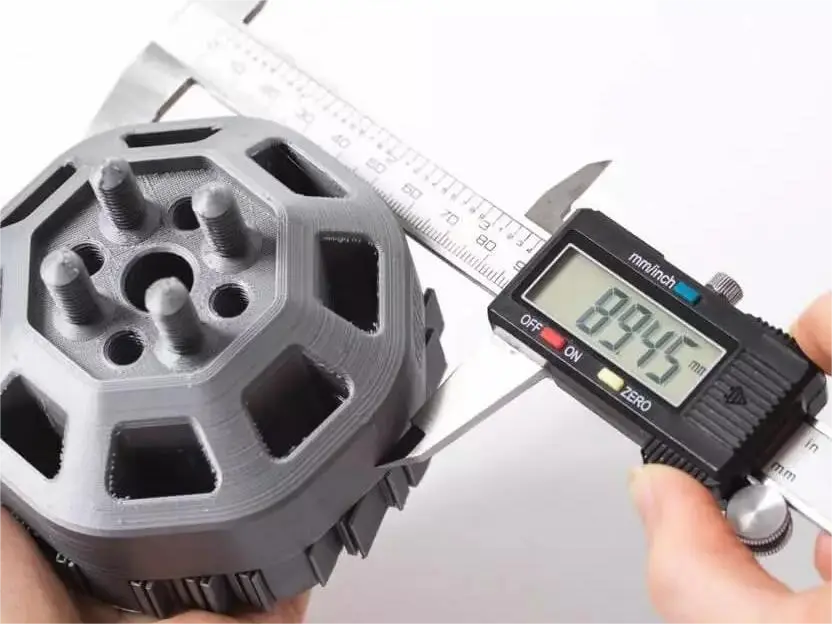
- +8615586668226
- [email protected]
- No. 30, Hongbang Industrial Park, Shenzhen

Dimensional accuracy refers to how closely a printed part matches its original design specifications in terms of size. Achieving accurate dimensions is vital for parts that need to fit with other components.
Mastering dimensional accuracy is critical for manufacturers in fields like aerospace and medical devices.
Tolerance is the permissible limit of variation in a physical dimension. It impacts how well a printed part can perform its intended function.
Understanding tolerance requirements is essential for delivering dimensionally accurate and high-functioning components.
Calibration ensures that the 3D printer operates at its full potential, directly influencing the dimensional accuracy of 3D printed parts.
Regular calibration of the printer prevents errors and enhances the overall accuracy of printed parts.
Choosing between FDM and SLA 3D printing depends on specific project needs, such as detail level and material properties.
Shrinkage is a common issue that can affect the accuracy of 3D printed parts. It occurs when materials contract as they cool.
Addressing shrinkage is crucial for maintaining the structural integrity and accuracy of printed components.
Achieving precise results with a 3D printer requires attention to detail at every stage of the 3D printing process.
By fine-tuning these elements, you can produce 3D printed parts that meet stringent accuracy requirements.
Several challenges can arise when striving for dimensional accuracy in printed parts.
Overcoming such hurdles results in accurate parts that meet design specifications and function as intended.
Post-processing can address minor inaccuracy and improve the accuracy of 3D printing.
Implementing these techniques is essential for ensuring that the dimensionally accurate parts fulfill their intended purpose.
Choosing the right printing materials is a critical step in achieving dimensional accuracy.
Understanding material properties and their impact on 3D printing ensures production of dimensionally accurate parts.
What can affect the dimensional accuracy of a 3D printed part?
Factors such as calibration, shrinkage, and material choice can significantly influence the dimensional accuracy of 3D printed parts.
Which 3D printing technology is more accurate, FDM or SLA?
SLA generally offers higher dimensional accuracy with fine details, while FDM is conducive to large parts and is cost-effective.
How can I reduce shrinkage in my 3D prints?
Controlling print temperature and using appropriate support structures can mitigate shrinkage.
Why is calibration important in 3D printing?
Proper calibration of the printer ensures that all components are aligned, reducing the risk of inaccuracy.
What materials are best for achieving high dimensional accuracy in 3D printing?
Resin and PLA are known for their high accuracy potential, while Nylon provides excellent durability and strength.
At our CNC Fabrication Manufacturing Plant, we offer advanced 3D printing and CNC machining services tailored to meet the high standards of industries such as aerospace, medical devices, and more. Explore our solutions:
Ready to enhance your production capabilities with precision 3D printing? Contact us today and discover how we can support your manufacturing goals.
Get the latest trends and facts about CNC fabrication from our blog.
Shenzhen Runkey Precision Technology Co. Ltd, a subsidiary of the Tensun Group, is your trusted one-stop solution for custom manufacturing from prototyping to production.Transforming your idea into reality with digital manufacturing resources,streamlined processes, expert guidance,accelerated timelines, and uncompromising quality.
©2024. CNC Fabrication All Rights Reserved.